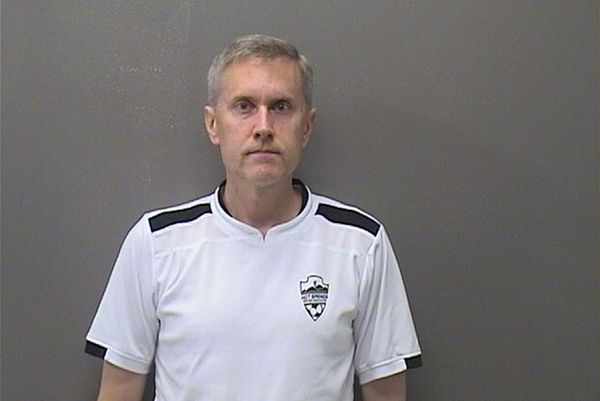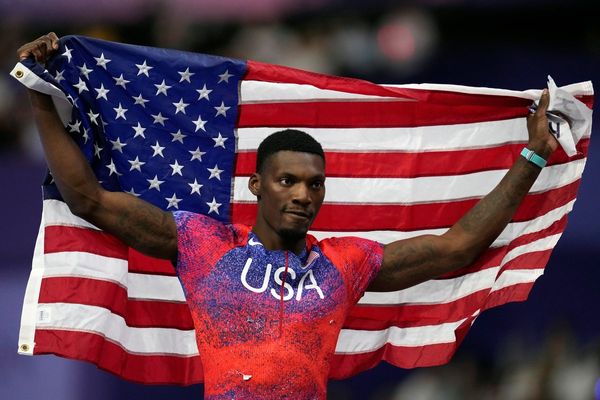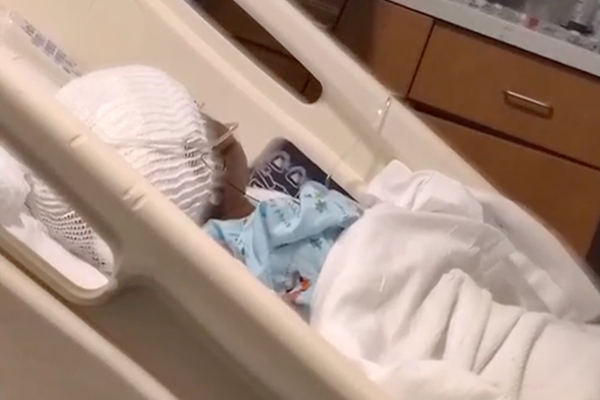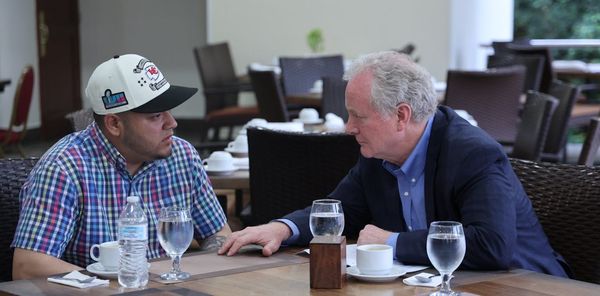
Most road cyclists especially if they have been riding for a while will be familiar with the term ‘bonk’. Most riders have learnt the hard way, the bonk or dreaded 'hunger knock' can strike when a cyclist fails to get enough fuel onboard for the riding or event required and just simply runs out of puff.
You may feel the energy leaving your legs over a few miles, other times the bonk may just come out of nowhere. Vacant eyes, empty legs, (and I mean empty legs) and a total preoccupation with what you will eat when and indeed if you get home are all classic symptoms.
But what actually is the bonk? And how can it best be avoided? Fuelling properly for training, racing and general riding can have a massive impact on performance. If a rider is under-fueling (sometimes unknowingly) before most rides they may not be able to perform anywhere near their full potential. We asked cycling coach and owner of Custom Cycle Coaching Dr Tom Kirk, who has a PhD in sports physiology and nutrition for some fuelling and training insights.
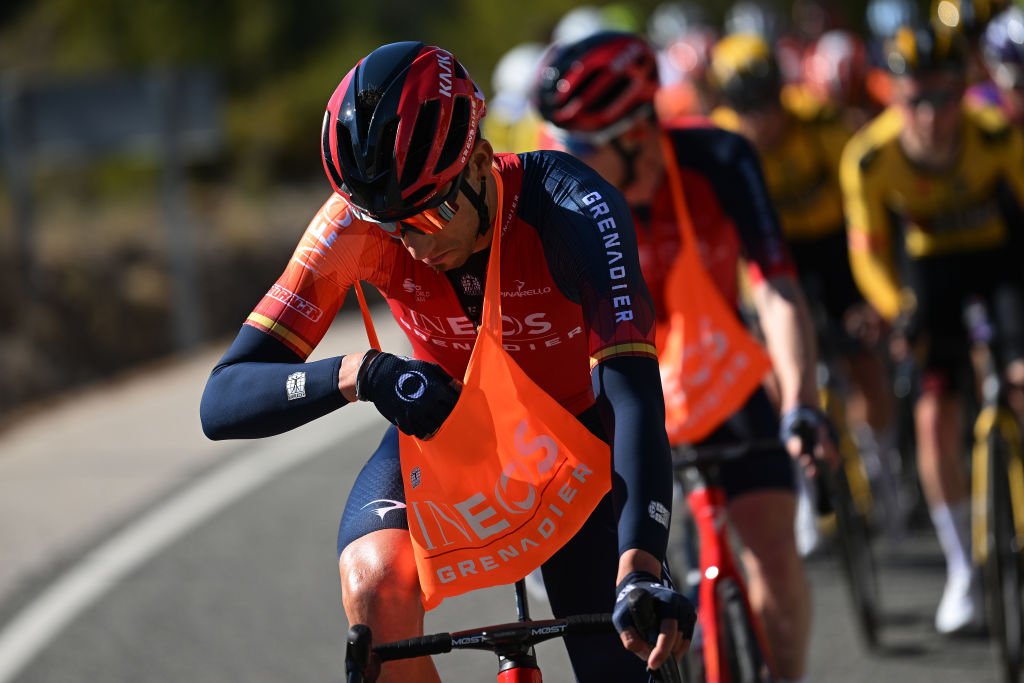
First, it’s important to explore and understand exactly what happens to our bodies and systems when we ‘bonk’ or ‘blow’. These terms have been used for decades and it's probably fair to say lots of riders associate them with running out of energy or perhaps sugars. But we delved a bit deeper to improve our understanding.
"That feeling of the dreaded 'bonk' is technically hypoglycaemia or a low blood glucose concentration," Dr Kirk explains. "In healthy people, blood glucose is tightly controlled at around 4-5.5 mmol/L (millimoles per litre). As glucose is the only fuel typically used by the brain, when this fuel drops much below 4 mmol/L your body will begin to go into 'safe mode' preventing higher intensity exercise to preserve those limited glucose/glycogen stores to allow the brain to function. Other familiar symptoms are dizziness, slow reactions and confusion and you should get some carbohydrates in the body as soon as possible to prevent any further deterioration."
So the bonk is actually the rider entering a hypoglycaemic state and the result of a built-in safety response of our bodies to protect brain function when glucose levels become too low. That completely empty lack of power feeling that comes with blowing, or bonking, is due to low blood glucose levels.
Understanding what the bonk actually is, we can turn out thoughts to making sure we avoid it in the first place. An understanding of how much glycogen or fuel we actually store in our bodies and start a ride with really helps give context regarding how much and how often we take on carbohydrates (our bodies extract glucose from the carbs we eat) on the bike.
"The first thing to look at is what you'll be doing on the bike," Dr Kirk explains. "As long as you start off with full glycogen stores (around 600g or 2400 kcal in a typical rider), you have enough 'in the tank' for a shorter, easier ride. If you're riding first thing in the morning, be aware that liver glycogen stores are depleted slightly overnight to maintain your blood glucose levels, so breakfast helps to top that up.
"For a longer, more moderate ride you will be using a mixture of carbohydrates and fats broken down from the body's stores so a moderate amount of carbohydrates are needed, whereas for intense training or racing the majority of your energy needs will be met by carbohydrates, thinking back to that baseline value of maybe 2400kcal of stored glycogen, a bigger rider pushing hard could easily expend well over 1000kcal in an hour, so those stores don't last long," Dr Kirk adds.
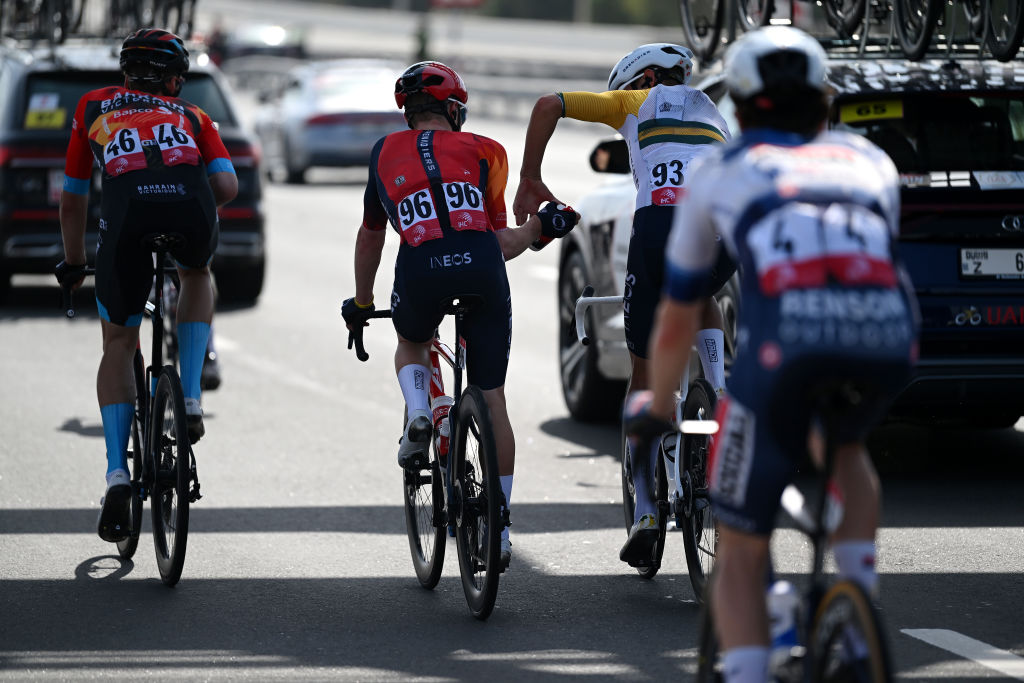
When we are riding at a higher intensity in particular it's easy to deplete the bodies glycogen stores in a relatively short space of time and fail to get enough carbohydrates back on board to replenish these stores, whilst thinking we are still in 'credit' you may be feeling brilliant, and then all of a sudden you aren't. So topping yourself up with an energy gel or bar is essential when riding hard to keep glycogen stores topped up.
How much carbohydrate we should take on per hour is something of a hot topic in cycling nutrition right now. With riders looking to take on as many carbohydrates as possible per hour to increase and protect performance levels. Pro riders have very different demands from most of us. But Dr Kirk recommends a good starting point for regular riding.
"For shorter, harder sessions lasting under 90min, a good goal would be 30-60g per hour depending on the size of the rider and how strong they are (faster riders will be using more carbohydrates so need more!). For more extreme efforts, such as a long race, intakes of 90g per hour may be needed."
Look at the food you eat on the bike whether that be a cereal bar, energy gel or energy bar, the carbohydrate content will help you plan how much you need to take on board during your rides.
Dr Kirk goes on to say, "It was once thought that only 60g of ingested carbohydrates per hour could be absorbed and used by the body during intense exercise. However, more recently research has shown that when a combination of glucose-based and fructose-based carbohydrates are ingested you can absorb much more, up to 120g per hour when almost equal amounts of glucose and fructose are ingested. An important consideration is that really high carbohydrate intakes require some 'training the gut', so to avoid a stomach upset on race day I would recommend building up your carbohydrate intake in training to get used to 90g+ per hour."
This demonstrates it is absolutely possible to take on a much greater amount of carbs per hour than what has been widely accepted as the norm in the past. If you race, regularly ride hard, or complete taxing training sessions, experimenting with higher amounts of carbohydrates could help you really extract the maximum performance from your riding and racing.
Amongst the triumphs of modern science, then, it appears we can now beat the bonk with an intelligent nutrition plan. One less excuse if we find ourselves trailing the group in our next big ride.

